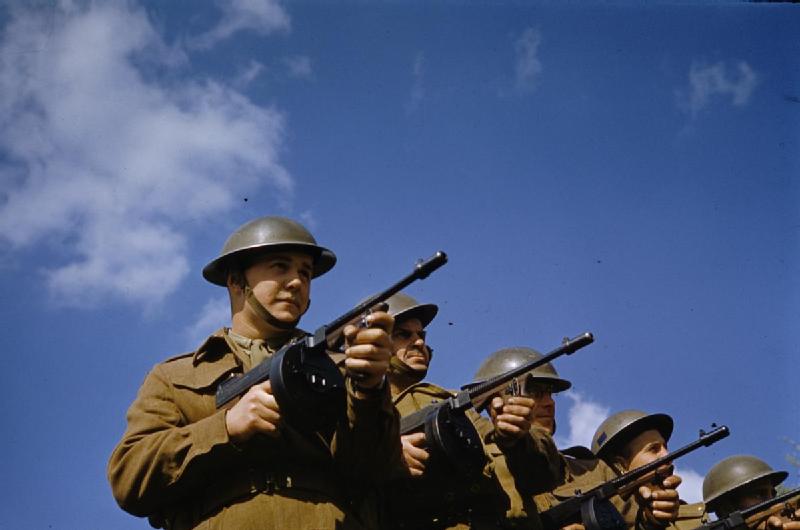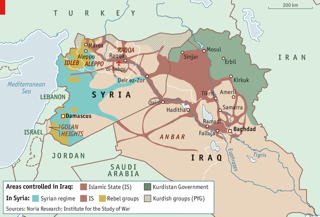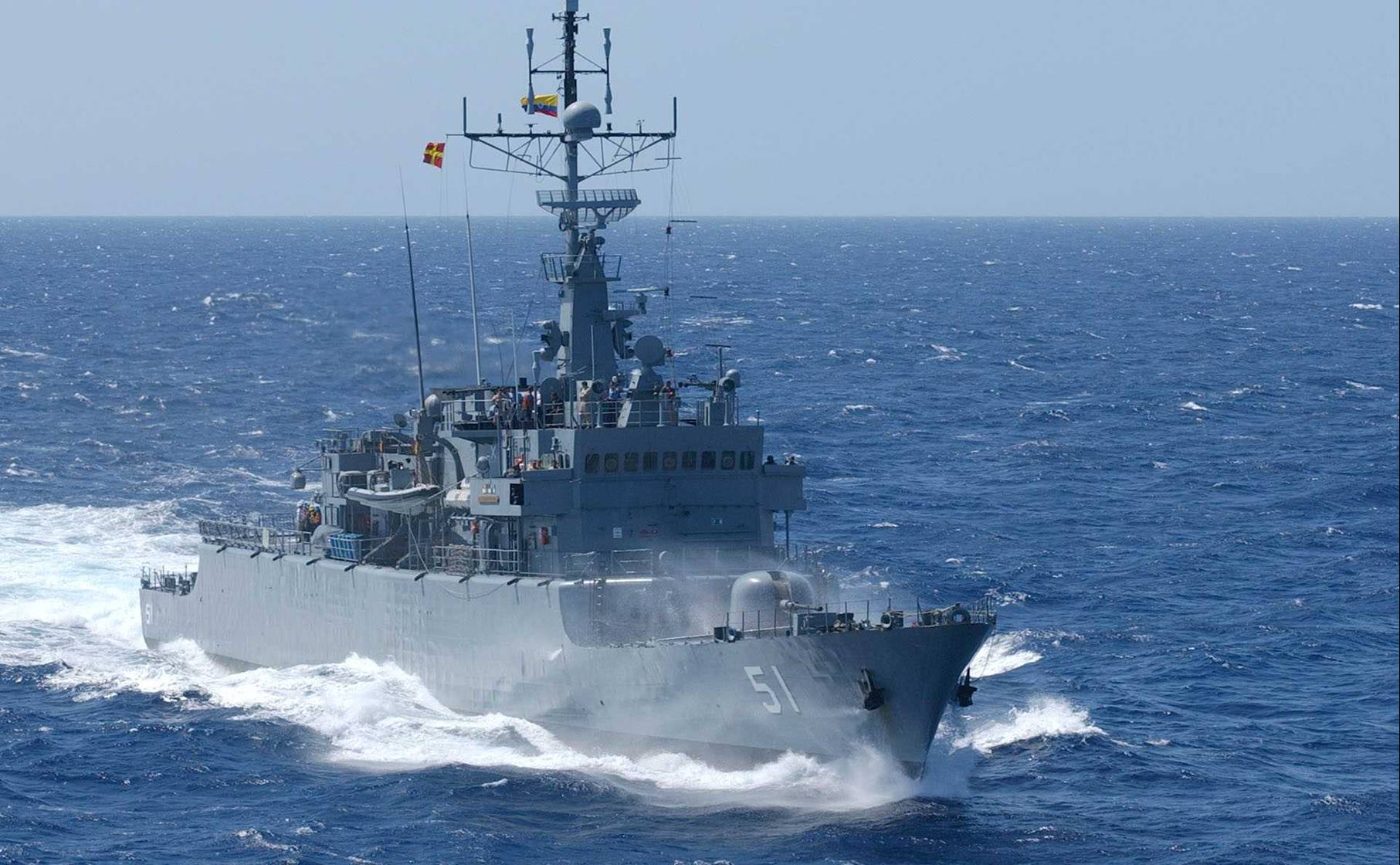1) The fourth largest Allied air force
By early 1944, the Royal Canadian Air Force (RCAF) reached its peak with 215 000 members and 78 squadrons thus making it the fourth largest allied air force after the US Army Air Force (USAAF), the Soviet Air Force and the Royal Air Force (RAF).
2) The world’s third largest navy by WW2’s end
By 1945, following the destruction of the Axis navies, The Royal Canadian Navy (RCN) was the third largest naval force in the world after the US Navy and the Royal Navy. It was focused on convoy escort and Anti-Submarine Warfare (ASW). Following the Allied victory, the RCN boasted 95 000 members and 434 commissioned vessels including cruisers, destroyers, frigates and auxiliaries.
3) Battle of Hong Kong (1941): Canada’s first engagement in the Second World War
Canada’s first major engagement in the Second World War wasn’t against the Germans but the Japanese. By December 7, 1941, the Empire of Japan launched a series of attacks across the Asia-Pacific region against the Americans, Dutch and British imperial forces. One of those operations aimed to capture Hong Kong from the British Empire. In the ensuing battle, 1975 Canadian soldiers alongside other British imperial troops fought bravely against a superior Japanese force until they were overrun and taken prisoner.
4) The Devil’s Brigade: the common ancestor of contemporary American and Canadian special forces
Founded in 1942, this joint commando unit composed of 1800 Americans and Canadians undertook daring missions during WW2 from Italy to France. For every man they lost, they killed 25 Axis troops. For everyone one of them captured, they took 235 prisoners of war. Although disbanded by war’s end, this unit became the template for subsequent American commando outfits like the Green Berets and the Seals as well as Canadian special forces including Joint Task Force 2 (JTF2) and the Canadian Special Operations Regiment (CSOR).
5) The 1942 Dieppe Raid: in defeat lies the next victory
To successfully conduct a large scale amphibious operation aimed at liberating Continental Europe, the Allies needed to experiment with a small raid to gain the knowledge necessary to mount a future invasion. On August 19, 1942, 6100 Allied troops including 4963 Canadians, landed in Dieppe on the French Northern Coast. By day’s end, the landing force had to withdraw after suffering heavy casualties. Only 2210 Canadians returned to the UK while 916 of them were killed in action and 1946 were captured. The Canadians’ sacrifice was not in vain. The Allies identified their errors and corrected them thereby leading to the success of D-Day in 1944.
6) George “Buzz” Beurling: The Falcon of Malta
George Beurling was a Canadian fighter pilot serving in the RAF who shot down 28 Axis planes in the space of 4 months while stationed in Malta making him Canada’s greatest WW2 ace. In military aviation circles, he is famous for pioneering deflection shooting during aerial dogfights. This technic consists in firing ahead of a moving target so that the bullets and the targets eventually collide.
7) Battle of Ortona 1943: the advent of urban warfare tactics
In the context of the Italian Campaign, the Canadian contingent fought a brutal urban battle against German paratroopers in the town of Ortona on Christmas 1943. During the battle, the Canadians pioneered mouse–holing tactic. It is an urban warfare method consisting in blowing holes in buildings with artillery so that troops may move around while remaining under cover instead of fighting in the streets where they would be exposed to enemy fire.
8) The Scheldt Battle: Canada’s toughest WW2 battle
As the Allies were advancing through Continental Europe following the successful D-Day landings in 1944, the Canadians were tasked with liberating Northern Belgium and the Southern Netherlands. Because of the predominantly muddy and flooded terrain, the Canadians suffered heavy casualties in attacking well-fortified German positions, but ultimately prevailed. Some historians argue that the Canadians waged battle on the most challenging geographic environment on the Western Front.
9) Wismar: how Canadian paratroopers made sure the future Iron Curtain wouldn’t be too far West
In 1945, knowing that the USSR and the West would be fighting for influence over Europe following Nazi Germany’s defeat, the Western Allies were concerned with the Red Army’s speedy advance through Europe. To stop the Soviet steamroller in Northern Germany, members of the First Canadian Parachute Battalion were tasked with taking control of the town of Wismar located near Hamburg. Although the Canadian paratroopers had to transfer control of Wismar to the Soviets following tense negotiations between the Western Allies and the USSR, this Canadian action prevented the Soviets from moving further West into Europe.
Photo: Canadian soldiers wearing tin helmets and carrying Tommy guns in England (1942) via Wikimedia Commons. Public domain.
Disclaimer: Any views or opinions expressed in articles are solely those of the authors and do not necessarily represent the views of the NATO Association of Canada.




